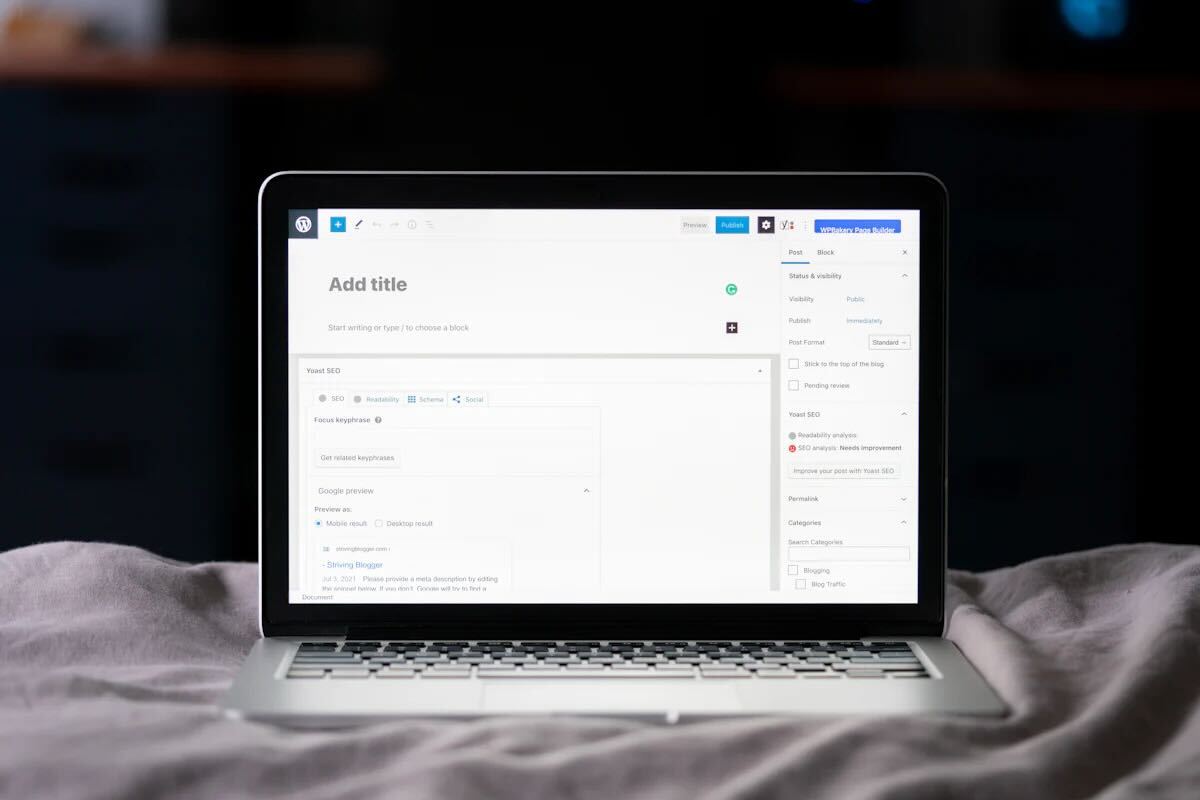- Digital Media Products, Strategy and Innovation by Kevin Anderson
- Posts
- How to develop innovative news products that meet your communities' needs
How to develop innovative news products that meet your communities' needs
An experiment in postcard audience development beats Facebook hands down

Last week, I wrote that one of the two guiding principles was that journalism needed new products for new realities and the new audience behaviours. For much of the past decade, a dominant strand of audience and product development reflected the fact that audiences had flocked to social media platforms. In 2023, there was a realisation that renting an audience brought profound risks. The threat had been there all of the time. I had worked for newspaper groups that saw a 40% drop in traffic overnight when Facebook rolled out a new algorithm. And Facebook made it clear that it was de-emphasising news over the last few years. Last year, long-simmering issues came to a head.
Suddenly, there was an emphasis on renewing direct relationships with audiences. At a national or international level, the product mix was there: Newsletters, podcasts and apps. As I say in the Media Bulletin that I write for Pugpig, the Platform Era has given way to the Push Era. Instead of focusing on attracting a large, loosely connected rented audience using social networks, publishers are now focused on building relationships with audiences using content that they had opted receive via push, in their inboxes, their podcast apps and all on their lock screens. Here’s an interview with FT Strategies head of insights about these trends.
Let’s talk about local news. My journalism career started in a local newsroom, the Hays Daily News in Kansas, and a decade ago, I returned to local journalism, managing small newspapers for Gannett in Wisconsin. I love community journalism because I love being a part of and serving communities. But we all know that it is in crisis.
One of my favourite innovation frameworks is Clay Christensen’s “jobs to be done”. As Clay said: “If The New York Times doesn’t understand why I might choose to ‘hire’ its product in certain circumstances and why I might choose something else in others, its data about me or people like me is unlikely to help it create any new innovations for me.”
As a journalist, my professional values tell me that people ‘hire’ what I do because they want to be informed. Dmitry Shiskin’s user needs model accepted the reality that audiences were ‘hiring’ the BBC’s journalism for a range of jobs they wanted to do: update me (inform), keep me on trend, inspire me, amuse me, educate me and give me perspective. The analysis found that the BBC World Service was producing too much “update me” content and underproducing other forms of content. It helps deliver what product leaders call product-market fit. It does the job that audiences need doing.
Let me give you an example. People move around a lot more than they used to. Having moved across the Atlantic three times now, I’m this person. The jobs that newcomers need to be done are different from the jobs of someone who has lived in your community for years or their entire lives. One of the products that has been developed by local newsrooms to cater to these newcomers is a welcome email series. It helps them understand It’s free and starts a relationship with those new community members, and it starts the relationship so that they might hire you for other jobs that they need to do.
Good journalists know their communities deeply. To build products that do the jobs that communities need to be done, journalists need to deploy that knowledge differently. What are your community’s needs that journalists’ capabilities can uniquely satisfy? Ask them, and then reflect on what you can do. (And check out human-centred design if you need a process.)
This will go beyond articles and with good reason. Meta is not going to hold an event about key issues in your community. They aren’t going to create a podcast about local school or amateur sports. Local media innovators will have to balance effort, impact and financial return with all of these products. And one key thing that I learned is that while operating at a small, local level allows you to be nimble, you will always have to be thinking about sustainability - not only in financial terms but also in human terms. One of the lessons from my master’s degree is Michael Porter’s line that managers are the guardians of trade-offs. Too many managers do not wrestle with trade-offs. That lack of focus is never successful, and it comes at a high cost to the people who work for them.
And now into the round-up. With social media declining as a source of traffic for news sites, journalists at a non-profit newsroom got creative in coming up with new ways to reach audiences. Students at New York University’s Studio 20 masters program decided to go low-tech to reach older adults. They leveraged a marketing service from the US Postal Service that allowed them target specific areas affected by the stories that they were covering. And they could target areas “30 times smaller than that covered by the Facebook ad”. They also ran an A/B test by running a Facebook ad. They found that the audiences who came from the postcard promotions were more engaged. Fascinating!
Did Sports Illustrated need to fail? “…interviews with shareholders and current and former employees suggest that Arena missed the licensing payment by choice, not because it didn’t have the money to make it”. Read on.
Apple wants to use news to train its LLM, and it’s offering better deals and terms than other AI groups. But as INMA says, news publishers are wary.
The Messenger was killed
News came out last week that The Messenger was shutting down. It was a surprise to no one who was watching it closely. Digital media veterans including Brian Morrissey and Nieman Lab’s Josh Benton roasted The Messenger’s owner. The model was based on wistfulness for not only a pre-internet media landscape but a pre-cable TV world and a trying to run a digital strategy that might have made sense in 2014 but not at all in 2024. He managed to blow through $50m in nine months. It was a disaster from the start with editorial leadership defecting almost immediately after launch when it became clear that the site was more content farm than a hearkening back to some vision of the glory days of journalism.
Brian Morrissey said in his Rebooting newsletter:
After The Messenger, burn that playbook and disperse the ashes in a burial at sea.
Platform updates: Poynter calculates how much Meta and Google owe news publishers and validate your email your domain now!
Two researchers have calculated just how much Google and Meta have profited from news publishers, and they offer up a robust defence of their methods and explain what it means.
If you are a publisher and send more than 5000 email messages a day, you need to validate your domains or your emails will go straight to spam for Gmail and Yahoo users. And this isn’t just these platforms being bullies. Email fraud has spiked.
My wife publishes newsletters on Substack so we have had plenty of conversations about whether or not to abandon that platform that has been described as having a “Nazi Bar problem”. In a well-reasoned piece, The Fix’s David Tvrdon explains that for people feeling ethically uncomfortable about Substack there are other choices out there that make it easier to leave.








